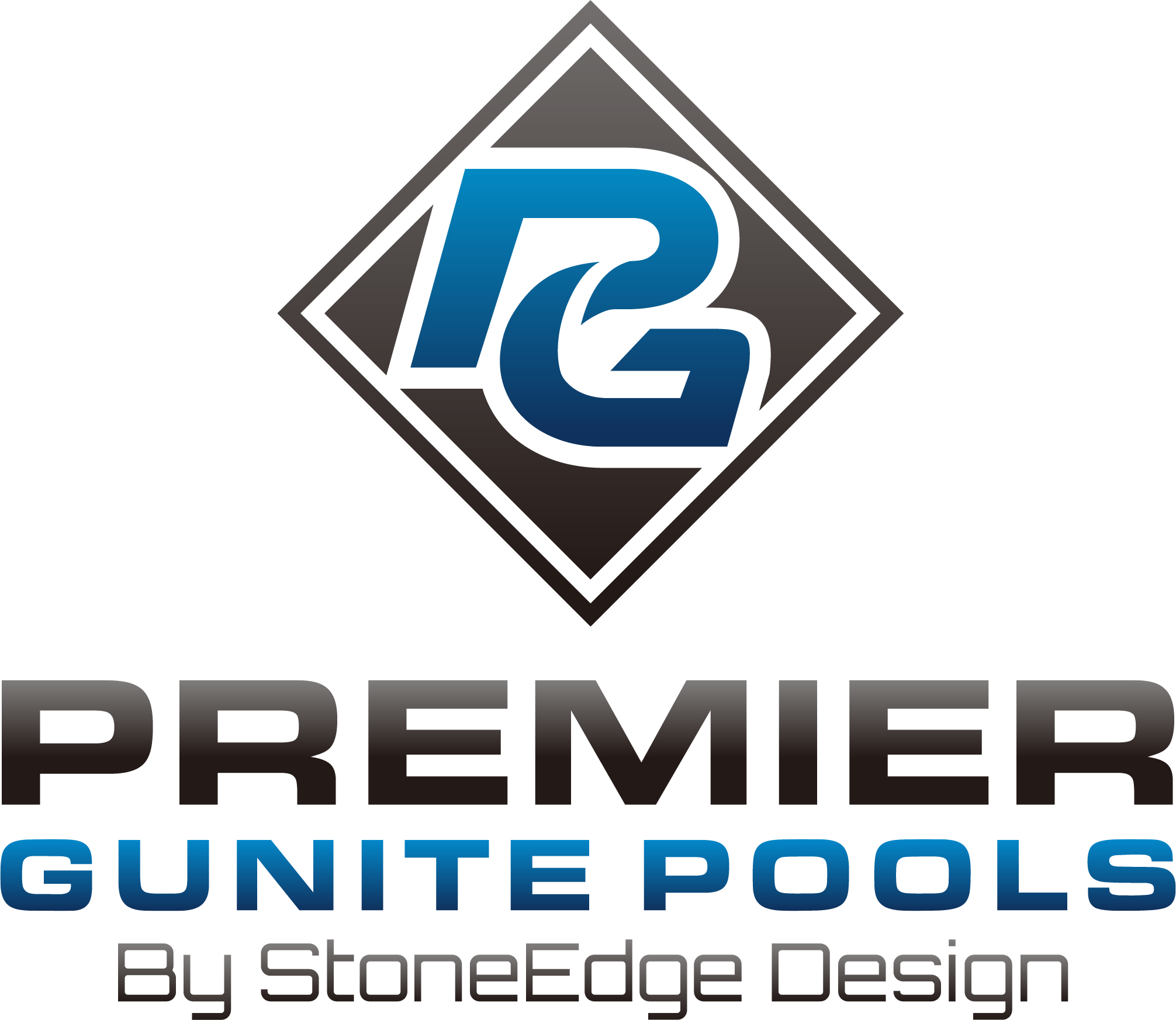Landscape Design and Installation Tips for Permeable Paver Driveways in Middletown, RI
An expansive, flowing driveway can work wonders for the curb appeal of your Middletown, RI home, by not only improving the aesthetics of your landscape design but also raising your property’s value. Be aware that conventional driveways can cause environmental issues if they increase the surface water runoff from your property. Thankfully, modern permeable pavers can provide all the advantages of a majestic driveway while still keeping your property sustainable and environmentally friendly.
How Are Permeable Pavers Different?
Permeable pavers differ from conventional, impervious pavers by allowing water to seep through the gaps between the interlocking pavers. This allows the water to infiltrate the soil and helps reduce surface water runoff. This also helps to reduce pollutants and debris from entering the water system while helping to rejuvenate the groundwater levels. In fact, modern permeable paver driveways can become an effective part of a property’s drainage solution, allowing you to have water safely routed away from your home.Related: 4 Landscape Design Ideas for Your Front Entrance in Little Compton, RI
Design Tips for Permeable Pavers
In many aspects, permeable pavers have all the design advantages of conventional concrete pavers. They can be found in a wide range of colors, textures, and component sizes. This makes your unlimited landscape design freedom possible. It’s also a remarkably smooth process to find the right paver options that meld with the existing features of your home such as the front facade and walkways. The wide range of design options also makes it possible to accentuate your driveway with contrasting borders and accents. However, because they are a part of your front yard’s drainage solution, designing your driveway with permeable pavers requires more expertise. The paver size and shape has to be chosen carefully as it determines the permeability of the driveway. This, in turn, affects the volume of water your driveway can infiltrate effectively without pooling. To be sure, contractors who are adept in drainage solutions and environmentally friendly design are an invaluable asset in designing the driveway.
Installation Methods
Much like the design aspect, the installation of permeable pavers is similar to conventional interlocking pavers with some key differences. The installation starts with conducting soil tests to ascertain the quality of the soil—the results will help determine the depth of the base aggregate layers. A solid base layer is essential for a durable driveway that can withstand vehicular loads without settling. The use of geogrids is also becoming commonplace as they reduce the depth of base layers, cutting down on materials and cost while increasing the load-bearing capability of the driveway. Above the base aggregate layer, the installation starts to differ from conventional pavers. Permeable pavers are generally installed with a coarser bedding material such as fine gravel instead of bedding sand. The gravel has small gaps, which allow the water from the surface to travel through to the subsoil. Similarly, a coarser jointing compound is spread over the surface once the pavers are installed, as this allows for a smoother water flow than the fine jointing sand used in impervious concrete pavers. Permeable pavers are often installed with a drainage pipe embedded in the base aggregate layer to help route water away from the property and aid its infiltration into the soil. With these key differences, your permeable paver driveway will not only be the highlight of your home’s entrance but also play a vital role in making your home more environmentally friendly

